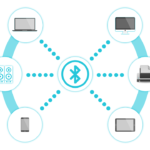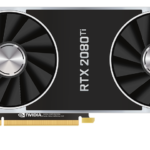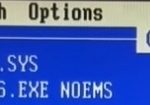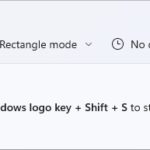Over the past ten years, blockchain has become a big deal in the world of technology. It seems like everyone is talking about it. But despite all the chatter, it’s not always easy to understand what blockchain really is or how it functions.
So, what exactly is blockchain? And why has it become such a buzzword in the technology sector and beyond? To unravel the mystery, let’s dive deep into the world of blockchain.
Table of Contents
What is Blockchain?
Blockchain is essentially a distributed, unchangeable ledger that streamlines the process of recording transactions and monitoring assets within a business network. The beauty of blockchain is that it can track and trade virtually anything of value.
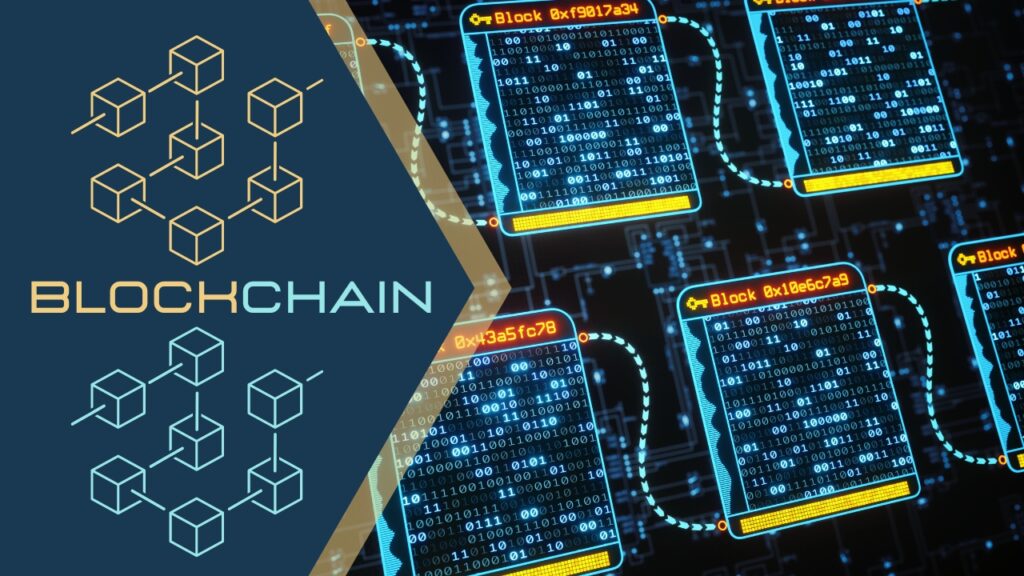
This could include financial transactions like the exchange of digital currencies, or non-financial assets like contracts, property deeds, or even votes in an election. This capability reduces the risk of fraud and manipulation, making transactions more secure and trustworthy.
How Does Blockchain Work?
Imagine a blockchain like a digital notebook, and each page in that notebook is what we call a “block”. These blocks are used to record information. But, instead of this notebook being kept by one person, copies of it are given to lots of people all over the world, creating a network of computers called “nodes”. So, if one page gets filled up with information, a new page or “block” is created and everyone in the network gets a copy.
Here’s the cool part: once a page (or block) is filled with information, it can’t be changed or erased, just like writing with a permanent marker in your notebook. This makes blockchain super secure because to change information, you’d have to convince everyone who has a copy of the notebook, which is practically impossible.
Blockchain became popular with Bitcoin, which is a type of digital money, or “cryptocurrency”. But, it’s not just for money. Think of it like a safe box that can store any valuable information – from who owns a piece of digital artwork to important data in healthcare, and so much more!
An In-depth Analysis of Blockchain
The Crux of Blockchain: Transparency and Decentralization
Let’s dive headfirst into the crux of blockchain: the concepts of transparency and decentralization. At the heart of blockchain technology is an open, distributed ledger that can record transactions between two parties efficiently, verifiably, and permanently.
Decentralization marks the fundamental shift from a traditional centralized approach – a cornerstone of blockchain technology.
The decentralized nature of blockchain means that no single entity has complete control over the entire network. This eliminates the potential for misuse or manipulation of data, fostering a democratic system where every participant has a say in the operation.
Imagine a global spreadsheet that runs on millions of computers – your data, completely free from the clutches of any corporation or government!
How Blockchain Guarantees Security: Cryptography
In the labyrinth of blockchain, there’s a fascinating element that stands out: Cryptography. Blockchain technology makes clever use of cryptographic functions to ensure the security of transactions.
When a transaction occurs, it’s bundled with others into a ‘block’ and added to the ‘chain’ in a linear, chronological order.
To ensure the authenticity of transactions, blockchain deploys cryptographic hashes, unique identifiers for every transaction.
They’re the key to understanding why it’s almost impossible to tamper with a block once it’s been added to the chain.
Any slightest change would generate a completely different hash, alerting the network of potential foul play. Picture it as a seal on a personal letter: breaking it would leave evident traces.
Smart Contracts: Blockchain’s Disruptive Tool
Delving deeper into the blockchain realm, we discover smart contracts – self-executing contracts with the terms of the agreement directly written into code. These contracts live on the blockchain, harnessing the network’s decentralized and immutable nature.
Imagine a vending machine scenario: you insert money, choose your item, and it drops. If anything goes wrong – say the item doesn’t drop – your money gets refunded. Smart contracts operate in a similar fashion but on a much larger and more complex scale.
They are the building blocks of decentralized applications, opening up a vast landscape of possibilities beyond mere financial transactions.
The Impact of Blockchain on Industries
Despite its complex nature, blockchain’s capacity to catalyze substantial change across sectors is undeniable. From finance to healthcare, supply chain management to entertainment, the influence of blockchain is growing significantly.
Blockchain in Finance
In the realm of finance, blockchain offers a revolutionary approach to handling cross-border transactions. Traditional financial systems often involve multiple intermediaries, leading to high transaction costs and prolonged processing times. Blockchain, however, can streamline this process considerably. By providing a decentralized, immutable ledger, it allows for direct peer-to-peer transactions, significantly reducing costs and enhancing the speed of cross-border payments. This disruption extends to areas like securities trading, insurance claims processing, and even the decentralization of financial services through DeFi (Decentralized Finance) applications.
Blockchain in Healthcare
In healthcare, blockchain technology is poised to solve some of the industry’s most persistent challenges, particularly concerning data security and interoperability. With blockchain, patient records can be stored in an immutable format, enhancing the security of sensitive health data. Furthermore, this technology facilitates the secure sharing of these records between authorized parties, improving care coordination while preserving patient privacy. Blockchain could also aid in clinical trials, drug traceability, and even in ensuring the integrity of the global vaccine supply chain.
Blockchain in Supply Chain Management
The use of blockchain in supply chain management can revolutionize the way goods are tracked from their point of origin to the consumer. Traditionally, tracking a product’s journey can be an arduous task fraught with inaccuracies and inconsistencies. Blockchain, on the other hand, provides a transparent, tamper-proof ledger for recording product movements. This visibility ensures accountability at each step, reduces instances of fraud and counterfeiting, and can help in verifying the authenticity of products.
Blockchain in Entertainment
In the entertainment industry, blockchain is facilitating the emergence of new business models. Musicians and artists, for instance, can use blockchain to issue tokenized assets or NFTs (Non-Fungible Tokens) that represent ownership of a unique piece of content. This enables them to directly monetize their work and engage with fans, bypassing traditional intermediaries like record labels or art galleries.
Indeed, each industry stands at the precipice of a blockchain-fueled transformation. As blockchain continues to mature and evolve, it promises to redefine traditional operations and unlock new levels of efficiency, transparency, and security. The blockchain revolution is not a distant future—it’s unfolding right before our eyes.
Blockchain vs. Cryptocurrency
When discussing digital innovation, two terms that often come up are “blockchain” and “cryptocurrency.” While these two concepts are closely linked, they are not the same thing.
What is Cryptocurrency?
Cryptocurrency is a form of digital or virtual currency that uses cryptography for security. Bitcoin, the first and most well-known cryptocurrency, was created in 2009. Since then, thousands of alternative cryptocurrencies, or altcoins, such as Ethereum, Ripple, and Litecoin, have emerged.
Cryptocurrencies rely on blockchain technology for their operation. Each transaction made with a cryptocurrency is recorded on a blockchain, creating a transparent and tamper-proof record. This ensures the integrity of the currency and makes it difficult for transactions to be fraudulently altered.
The Relationship and Differences
In essence, blockchain is the technology, and cryptocurrency is one application of that technology. While all cryptocurrencies operate on some form of blockchain, not all blockchains are created to support cryptocurrencies.
The primary difference lies in their use cases. While cryptocurrency is specifically designed for financial transactions, blockchain’s utility extends far beyond the financial realm. Moreover, while cryptocurrencies have been subject to regulatory scrutiny and volatility due to their decentralized nature, blockchain technology has been widely accepted and adopted across various sectors due to its ability to increase transparency, efficiency, and security.
A Look at Blockchain’s Future
As we delve deeper into the 21st century, blockchain is poised to usher in a new era of digital transformation. Its potential to promote transparency, enhance security, and foster decentralization is rapidly gaining traction across industries.
Emerging technologies like AI, IoT, and 5G are set to intertwine with blockchain, crafting novel solutions to modern challenges. From self-driving cars using blockchain to ensure transparency in decision-making, to IoT devices harnessing blockchain for secure data transfers, the convergence of these technologies could indeed be the next big leap.
Though blockchain is not a panacea for all digital issues, its disruptive potential is unquestionable. As we forge ahead, it will be intriguing to watch how this dynamic technology evolves, potentially reshaping our digital landscape.
